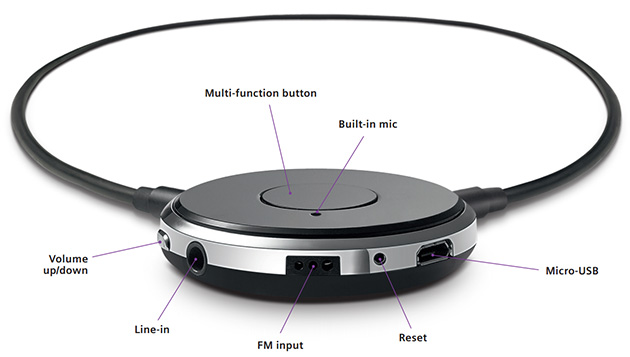How they work
Completely-in-canal hearing aids (CIC) are some of the smallest hearing aid models available today. CICs are a great option for those with mild to moderate-severe hearing loss who are looking for a discreet hearing aid solution.
Depending on the size and shape of your ear, a CIC hearing aid can fit deep inside the ear canal, making it almost invisible. All Widex CIC hearing solutions are fully automatic – so you can hear clear and natural sounds with minimal or no intervention. CIC hearing aids can be removed via a small extension cord.
DREAM CIC-MICRO: A newest – and smallest – CIC on the block
The idea of putting something so small in your ear for the first time may sound daunting – so here is an easy guide to how it works:
- Custom-made shell: The hearing aid shell is custom-made to fit the shape of your ear – with all vital electronics inside. This shell is actually created using a 3D printing technology called CAMISHA . A hearing professional will use laser technology to make an impression of your ear canal and turn this data into a 3D computer model. A shell is then created for you for an exact fit.
- Fit and placement: Completely-in-canal hearing aids fit in your ear, with only the faceplate visible from the outside. The custom-made shell allows for an exact fit – so it sits comfortably in your ear.
- Removal: When it’s time to go to sleep, completely-in-canal hearing aids can easily be taken out by hand.
Batteries: Batteries must be installed via a battery door located directly on the hearing aid. This can be done by hand or by using a small magnetic wand.
Why they are great
- Very small size – no bigger than a marble
- Discreet – they fit inside your ear and can easily be hidden by your hair
- Fully-automatic – automatically adjusts to your listening needs.
Who should use them
Completely-in-canal hearing aids (CIC) are suitable for all types of hearing loss. They’re especially great for athletes and others who need their hearing aids to stay in their ears during intense physical activity.
(http://blog.widex.com/post/99891835313/complete-in-canal-cic-hearing-aids-how-they-work)
Cost
Completely-in-the-canal (CIC) hearing aids are the smallest on the market. They fit entirely in the ear canal, and cost between $150 and more than $5,000. Facelake[4] offers a basic CIC hearing aid for under $150. Siemens offers a CIC version of the Nitro 16, for about $5,000. (http://health.costhelper.com/hearing-aids.html)
Battery
6 x 1.45 volt Zinc-Air. 100mAh special battery for CIC hearing aids cost around SGD 3-7




